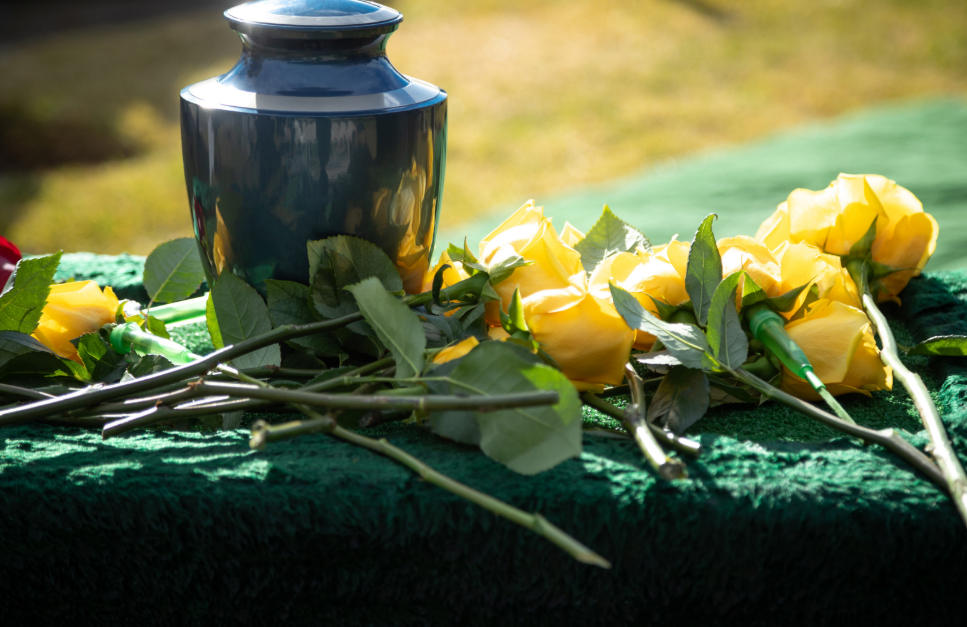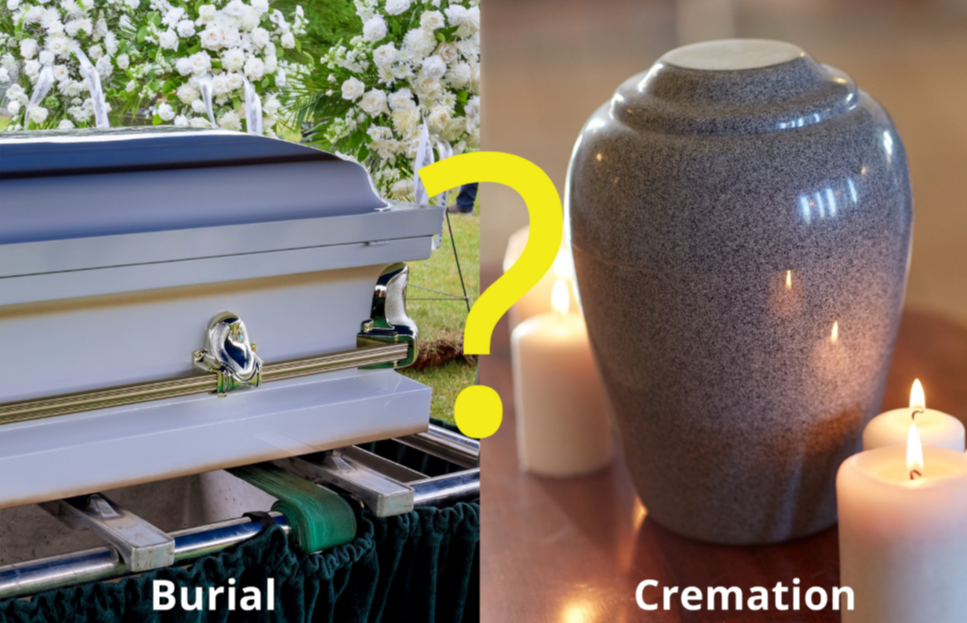Resource Library

Exploring Resting Place Options Choosing a final resting place for cremated remains is a deeply personal decision. Traditional options include in-ground burial , urn gardens , and columbarium niches , which provide permanence and a marked location for family visits. Mausoleums offer elegant, above-ground entombment, while scattering gardens combine symbolic release with memorial plaques for ongoing remembrance. Creative and Eco-Friendly Alternatives Families increasingly consider unique memorials such as tree-planting urns , memorial reefs that support marine life, and glass art keepsakes . Cremation jewelry and memorial diamonds transform ashes into wearable tributes, while space burials offer extraordinary ways to honor adventurous spirits. These options allow personalization and environmental stewardship while creating lasting connections. Practical Considerations Decisions should reflect the deceased’s wishes, family needs, cultural or religious traditions, and budget. Costs range from simple home urns to high-end options like space flights or diamonds. Legal compliance is essential for scattering on private land, public parks, or waterways, and permits may be required. Ultimately, the goal is to create a meaningful tribute that offers comfort, accessibility, and permanence for generations.

Why Cremation Has Become a Popular Choice Cremation has grown from a rare practice to the preferred option for most Americans, now chosen by over 60% of families. Its appeal lies in flexibility, affordability, and diverse memorialization possibilities. Understanding the process and options helps families make informed decisions during a difficult time. What to Expect and Key Considerations The cremation process involves reducing the body to bone fragments through high heat, followed by processing into fine remains. Families can choose from several service types-traditional funeral with cremation, memorial service, or direct cremation for simplicity. Legal requirements include authorization forms, waiting periods, and compliance with state regulations. Costs vary widely, from $800 for direct cremation to $10,000 for full services. Eco-friendly alternatives like alkaline hydrolysis and biodegradable urns are emerging for those concerned about environmental impact. Honoring a Loved One in Meaningful Ways Cremation offers countless memorial options: scattering ashes in special locations, placing them in columbariums, creating memorial jewelry, glass art, or even living tributes like trees. Families can personalize tributes through celebrations of life, keepsakes, or charitable contributions. Pre-planning ensures wishes are honored and relieves loved ones of stressful decisions. Ultimately, cremation provides flexibility to create a memorial that reflects individuality and offers comfort for years to come.

Making Sense of Burial and Cremation Choices Deciding between burial and cremation is deeply personal, shaped by beliefs, finances, and family traditions. Burial offers a permanent resting place and aligns with many religious customs, while cremation provides flexibility, portability, and often lower costs. Both options can honor a loved one with dignity. Comparing Costs, Traditions, and Environmental Impact Burial typically involves caskets, vaults, cemetery plots, and embalming, making it the more expensive choice. It offers familiarity and a physical memorial but requires ongoing upkeep. Cremation is generally more affordable and allows creative memorialization-from scattering ashes to keepsake urns-though some faiths discourage it. Families should also weigh environmental concerns, as green burial and water cremation are emerging alternatives. Planning Ahead for Peace of Mind Religious and cultural practices strongly influence these decisions, so consulting spiritual leaders and funeral professionals is essential. Pre-planning can ease emotional and financial stress, ensuring wishes are honored. Ultimately, the best choice is the one that reflects your loved one’s values and provides comfort for those left behind.

